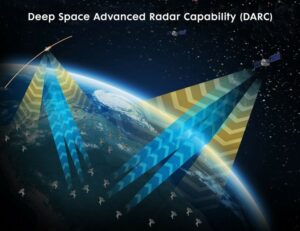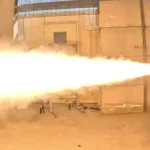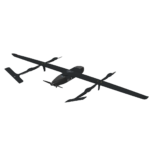
A new ground-based radar that Northrop Grumman [NOC] is developing for U.S. Space Force will provide greater capabilities than legacy systems for detecting and tracking objects in deep space, according to a company official. The Deep-Space Advanced Radar Capability (DARC) “will provide higher sensitivity, better accuracy, more agile tracking of objects in deep space orbit,” Kevin Giammo, director, space surveillance and environmental intelligence, told Defense Daily in an interview during the recent Space Symposium in Colorado Springs, Colo. These advanced…

 By
By 











